The Largo Field Naturalists' Society was instituted on 27 May 1863. The five founders were: Charles Howie, Benjamin Philp, William Wood, Robert Adamson and James Bardner. As the extract from the Society's rules below indicates, its purpose was to facilitate the study of Natural History. The full set of rules can be viewed by clicking here. Arguably the main driving force behind the Society was Charles Howie, the Nursery and Seedsman.
Howie was born in St Andrews in 1810, the son of a domestic gardener. After a spell in London, Howie returned to St Andrews where he had a house and shop on South Street and a nursery at Lawpark. However, by 1862 his mind was on retirement and he soon relocated to Upper Largo, taking a long-term lease of Eden Cottage. It was from there that he devoted himself to his favourite studies. In his garden at Eden Cottage he had a fine display of different varieties of primroses, collected from Keil's Den.
Charles Howie (pictured below from the 18 December 1891 Dundee Evening Telegraph) was a member of the Edinburgh Botanical Society (established 1836) long before the creation of the Largo Field Naturalists' Society. A fellow member was Charles Jenner, proprietor of the famous Edinburgh department store. A keen scholar of natural history too, Jenner became president of the Edinburgh Botanical Society. Howie and Jenner travelled together around the Highlands and Europe, collecting botanical specimens.
It was Howie that laid out the eight acre grounds of Jenner's home at Easter Duddingston Lodge in Joppa. The press commented that few private gardens in the country could boast such a collection of valuable plants. Botanical experts considered it to be as fine as could be found in Europe. Jenner's garden included a woodland arboretum, a rock garden, alpine beds, a fernery, an iris garden, a kitchen garden and a climber garden. Charles Jenner presented Charles Howie with an inscribed gold watch as a token of his appreciation.
One of the first actions of the newly-instituted Largo Field Naturalists' Society was to plan a grand horticultural fete. The notice below from the 23 July 1863 Fifeshire Journal alerts the public to what would be the first of many annual fetes put on by the Society. The event took place outdoors in Howie's beloved Keil's Den. The public event sought to encourage others to take interest in horticulture and improve the gardens of the district. The 20 August Fifeshire Journal reported that "a number of the nobility and gentry of the district, and from a distance, as well as ministers of various denominations, showed by their presence their interest in the movement".
Below are the notices of the first three annual Horticultural Fetes organised by the Society. Note how the location is described as the "lower part of the romantic shades of Keil's Den". There was a marquee, a brass band and refreshments supplied by David Ireland the baker from Upper Largo. Tickets could be purchased on the day at the entrance to the Den. At the Society's 1864 AGM, Dr Lumgair presided and the treasurer reported healthy accounts following the successful fete and exhibition at Keil's Den. Among the new members elected that year was Charles Jenner, Esq. of Edinburgh, who regularly went on to donate prizes to be awarded at the Society's annual fete.
The Fife Herald of 14 December 1865 covered the monthly meeting of the Largo Field Naturalist's Society. Henry Petheram of Haworth, Lundin Links was in the chair and the main topic of discussion was the forthcoming exhibition, in which there was much public interest. The schedule of prizes was agreed by attendees and printing was given the go-ahead. Details were then given of several donations received by the Society. Among them was "a large collection of minerals and specimens of curious rocks" provided by Charles Jenner. The next post will continue the story of the Largo Field Naturalists' Society.
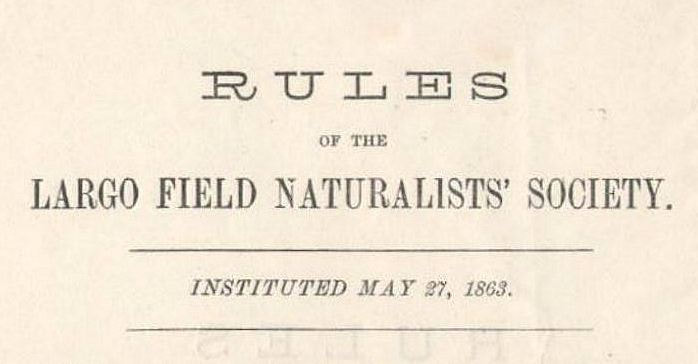
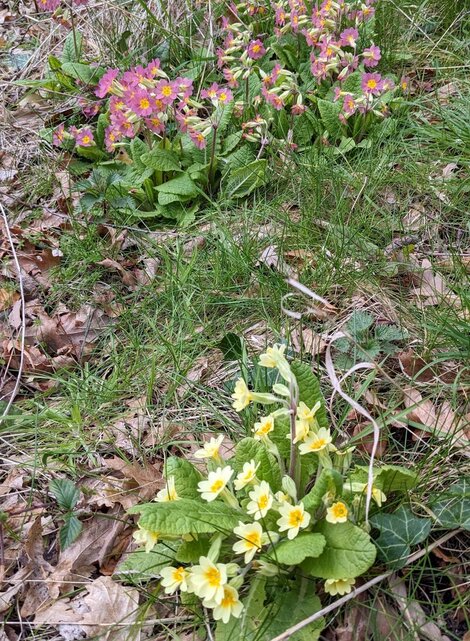
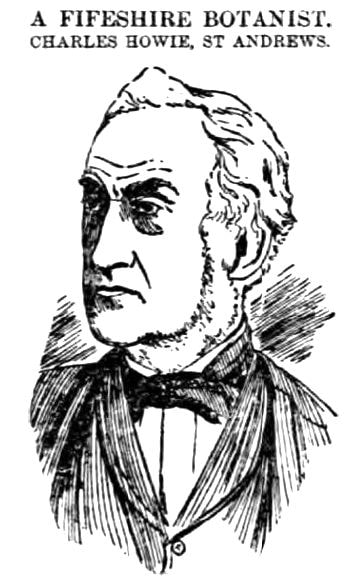

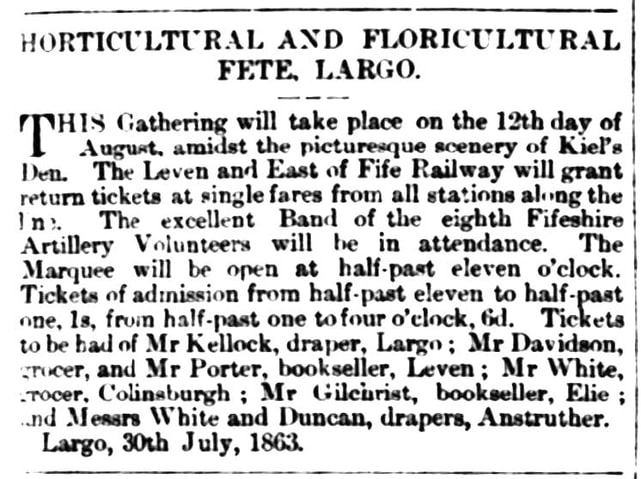
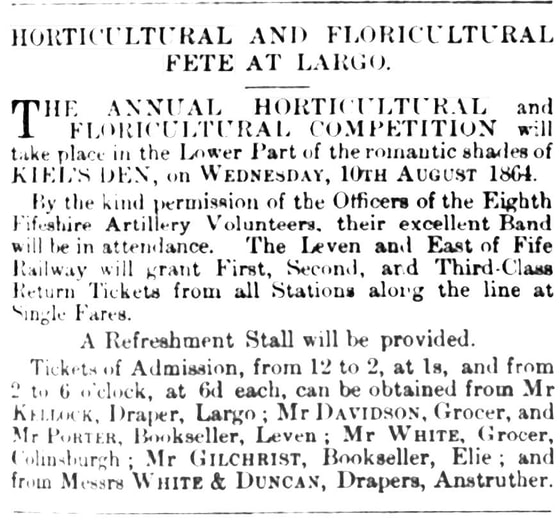
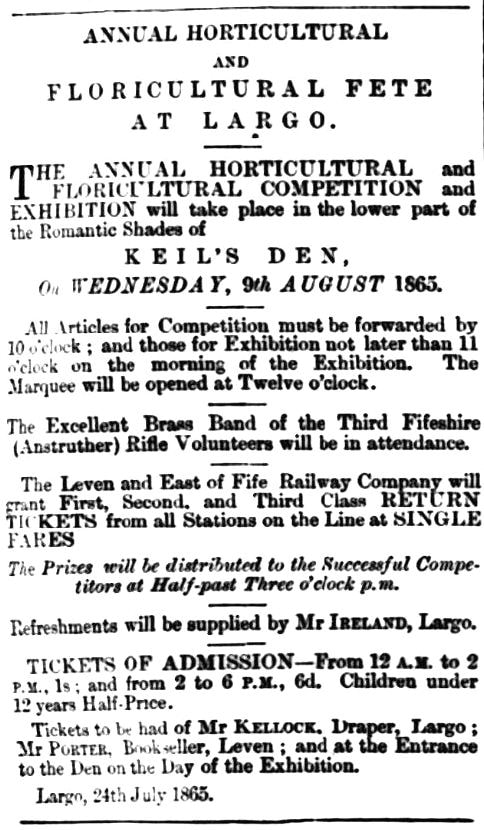
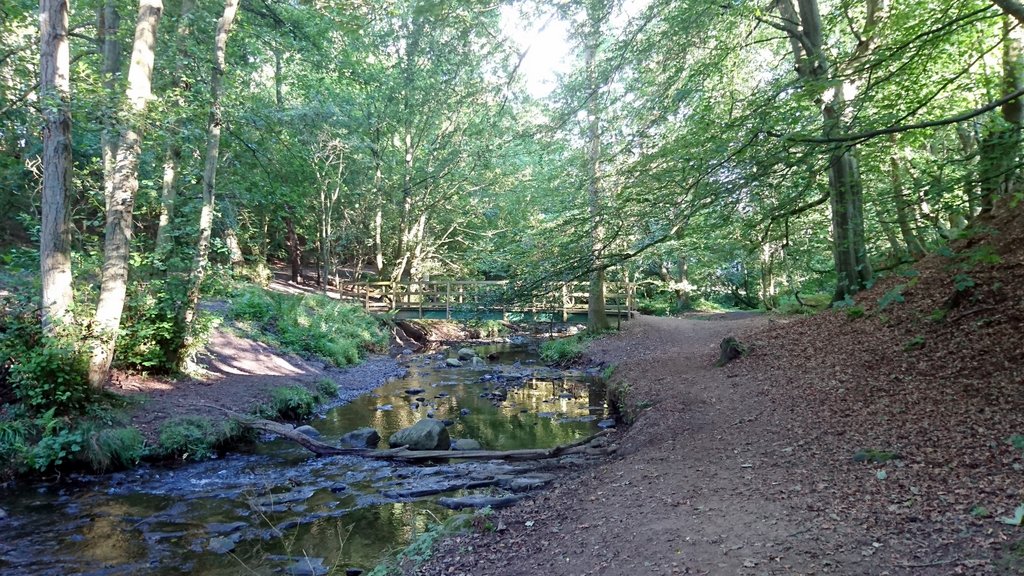
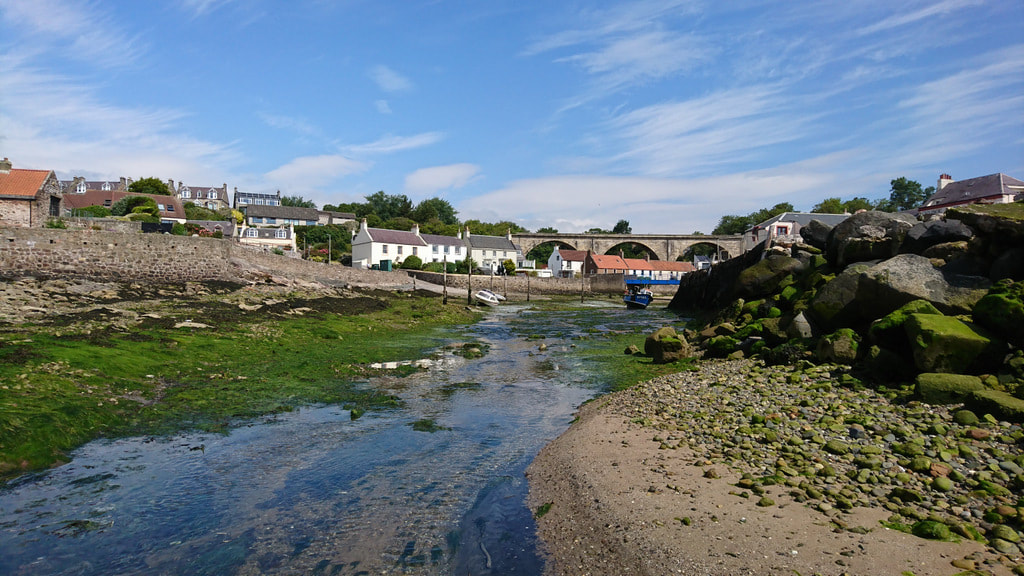
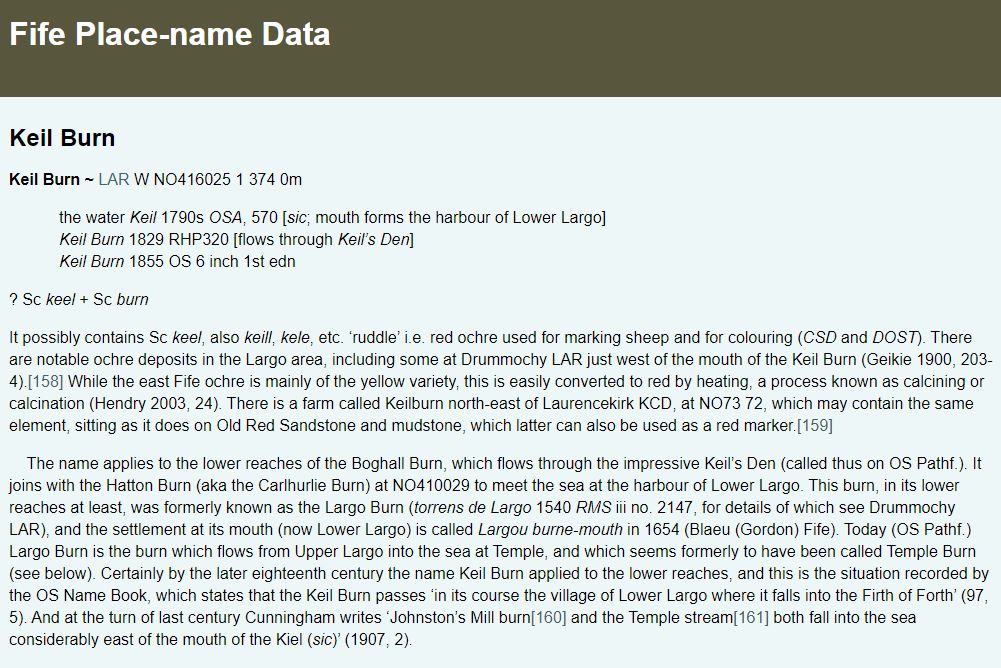
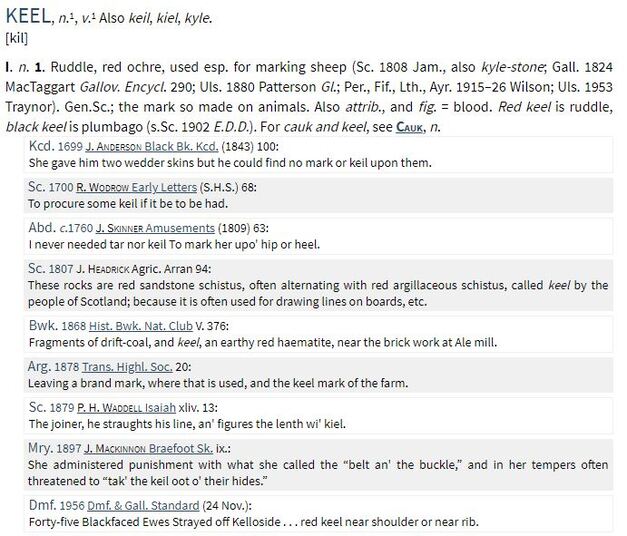
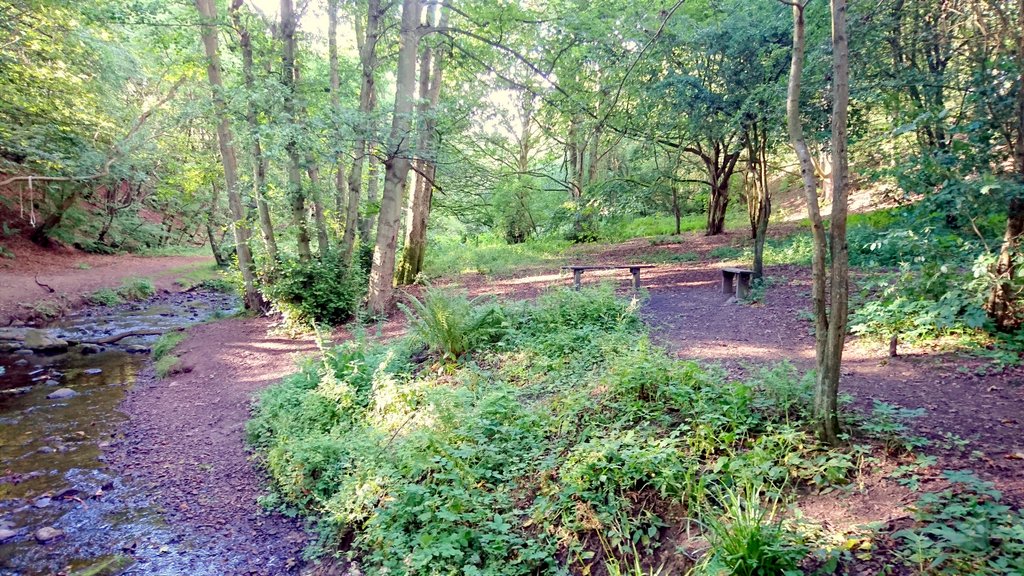

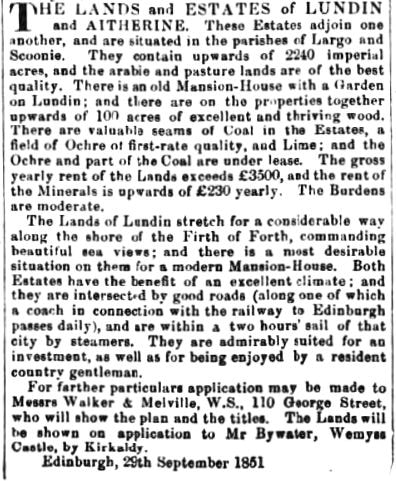


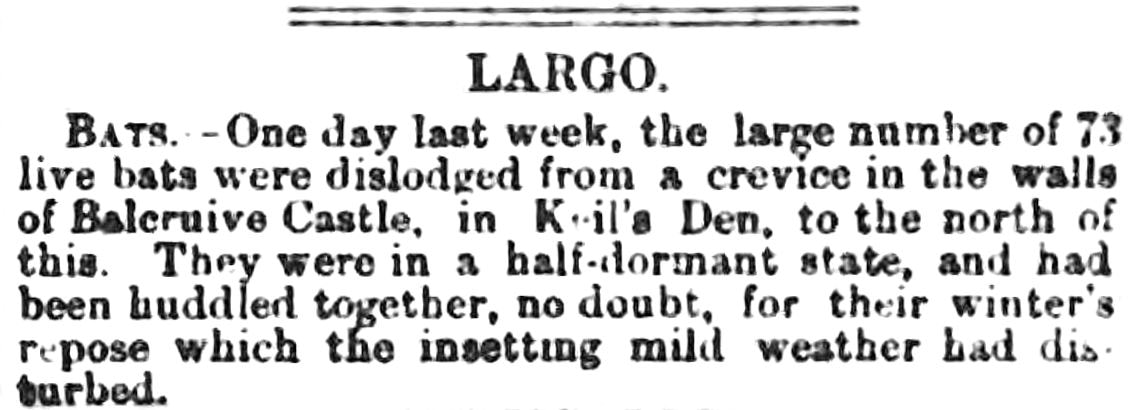
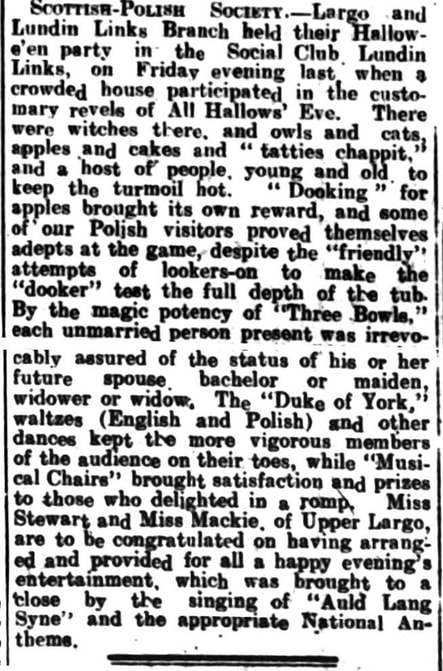
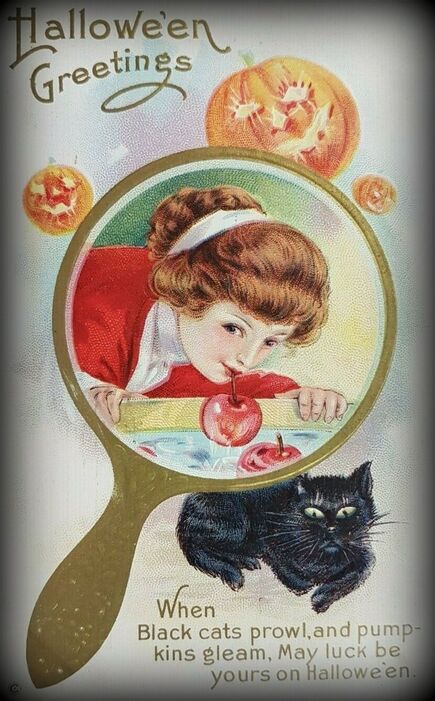
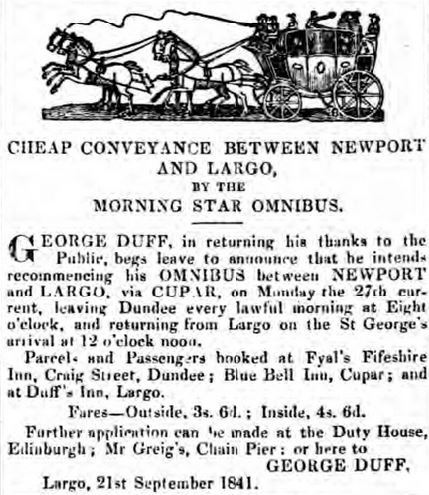
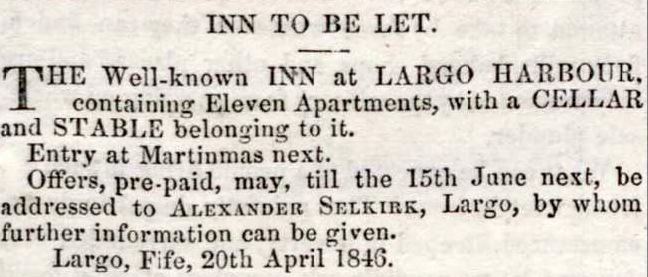

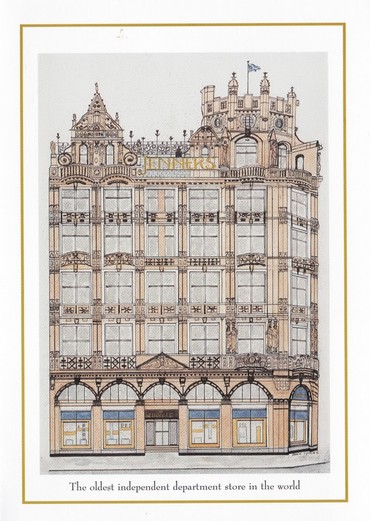
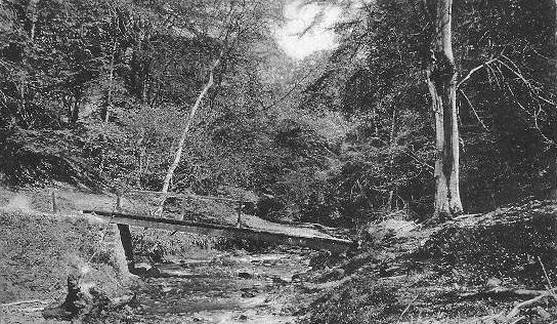
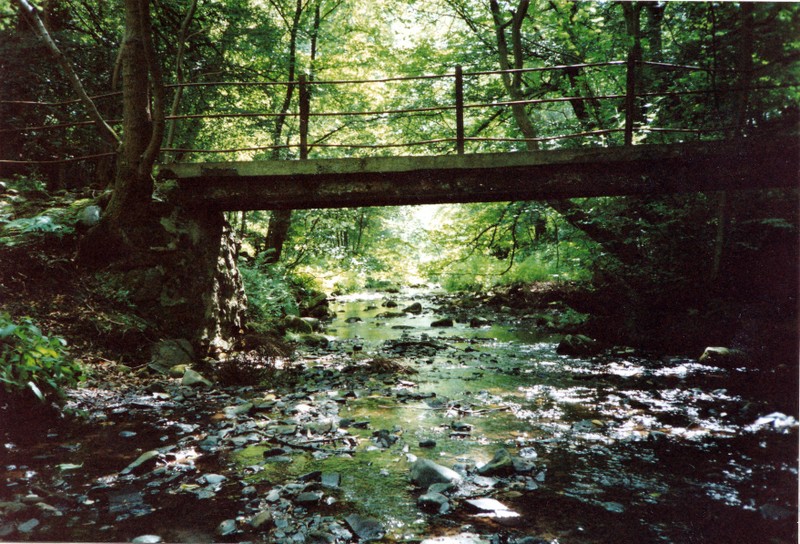
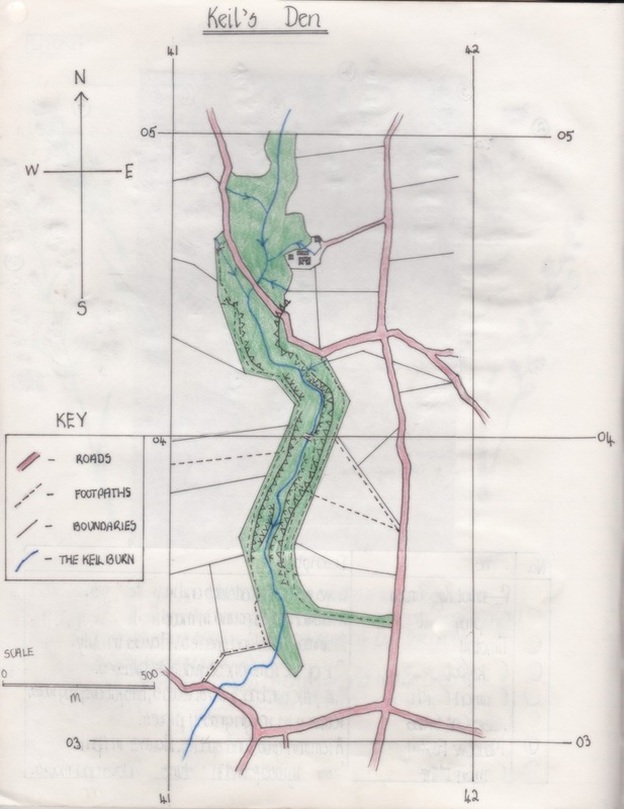
 RSS Feed
RSS Feed
